Wabi-sabi in the interiors - the beauty of imperfections and the charm of the time that is passing by
Interior design and decoration of space has been in the recent years concentrating on perfection and symmetry.
This has also been seen in the architectural style of Marbella - white cubic homes looking a little too surgical and slightly soulless.
It turns out, however, that what is perfect, minimalist and clean does not necessarily create a warm, cosy, and home-like space.
What is wabi-sabi and can it create the warmth and comfort we so aspire to have in our homes?
¨It sounds like wasabi but it doesn’t sting¨, wrote Elle Decor.
The wabi-sabi is a decorative trend that relaxes the environments. It is based on the beauty of the imperfect. It concentrates on telling the story of your home - right from the beginning of it.
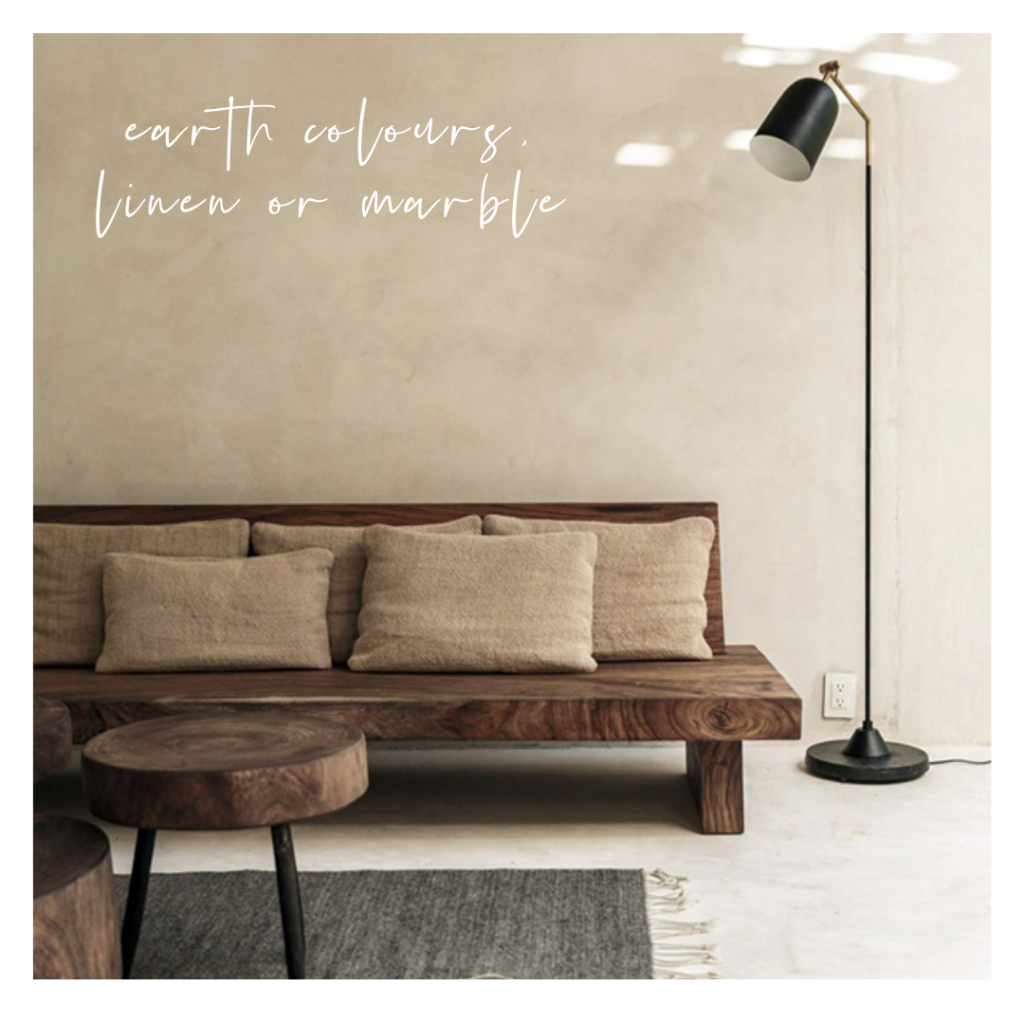
Wabi-sabi claims natural materials and environments that are coloured in neutral tones. This is similar to the style of architecture we have recently started to notice in Marbella. Natural materials such as stone and wood, as well as more earthy colour tones in varieties of brown and grey.
Where to look for the beginnings of wabi-sabi?
Wabi-sabi is a Japanese term referring to both a sense of aesthetics and a certain canon of beauty, as well as a lifestyle based on specific spiritual determinants. The sources of style can be traced to the Buddhist principles of Zen and Taoism.
Wabi-sabi is about simplicity and all things natural. Its distinction is to see perfection in imperfection. Since the passage of time acts as a pillar in this style, the wabi-sabi home will certainly be full of history and personality.
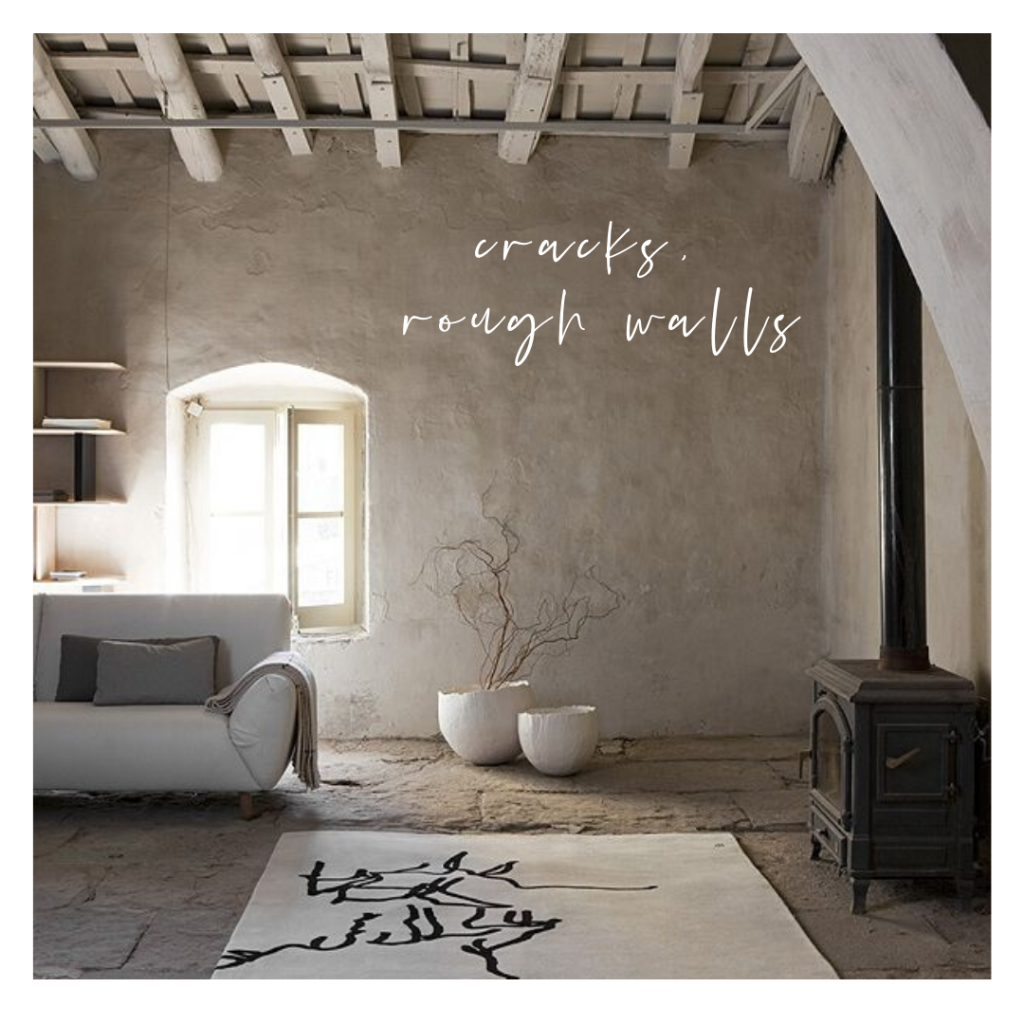
Wabi-sabi as philosophy
Did you know that Robert De Niro himself has expressed his admiration for this philosophy? In fact, as a partner of the Greenwich Hotel in New York, he has allowed the decoration, in charge of the great Axel Verdoordt, to have that air.
¨If the object or expression can evoke in us a sense of calm melancholy and spiritual longing, then this object can be called wabi-sabi¨, writes Andrew Juniper in his book ¨The Japanese Art of Impermanence.¨
¨Wabi-sabi cultivates everything authentic, recognising three simple truths: nothing lasts, nothing is finished and nothing is perfect¨, wrote Richard Powell in his book ¨Wabi Sabi Simple: Create Beauty. Value Imperfection. Live Deeply.¨
So in simple words, wabi-sabi is about accepting ageing and imperfection.
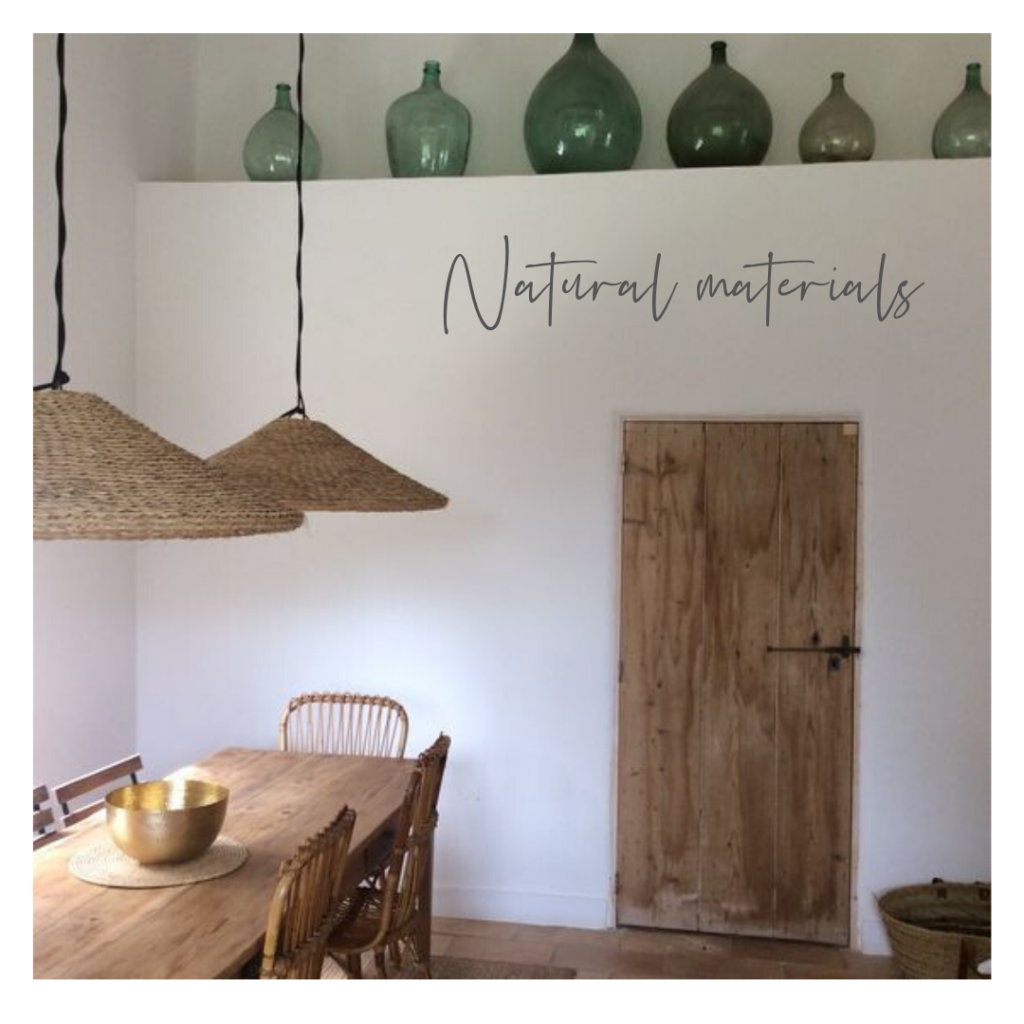
It sounds like a fatal spell these days. How can you agree with what has long been out of fashion and what has passed? What beauty can exist in a worn, outdated and worn-out item? Japanese wabi-sabi style comes with help in resolving these issues. Its wisdom is based on the serenity that comes with age and the experience of different calculations of things going through the subsequent stages of natural phenomena. Characteristic features of style can be described in five words: simplicity, the naturalness of processes, modesty, asymmetry and impermanence.
How was wabi-sabi created and what is its basic principle?
The inhabitants of the Land of Cherry Blossoms live between two worlds. On the one hand, they have modernity and reality based on innovative technologies, and the other - rich culture and beautiful history. Therefore, through the rush of life, fatigue and limited time, they learned to love what they have. Even if it's not perfect. Natural earth tones, cracks, scratches, even rough walls that have never been properly finished gain value.
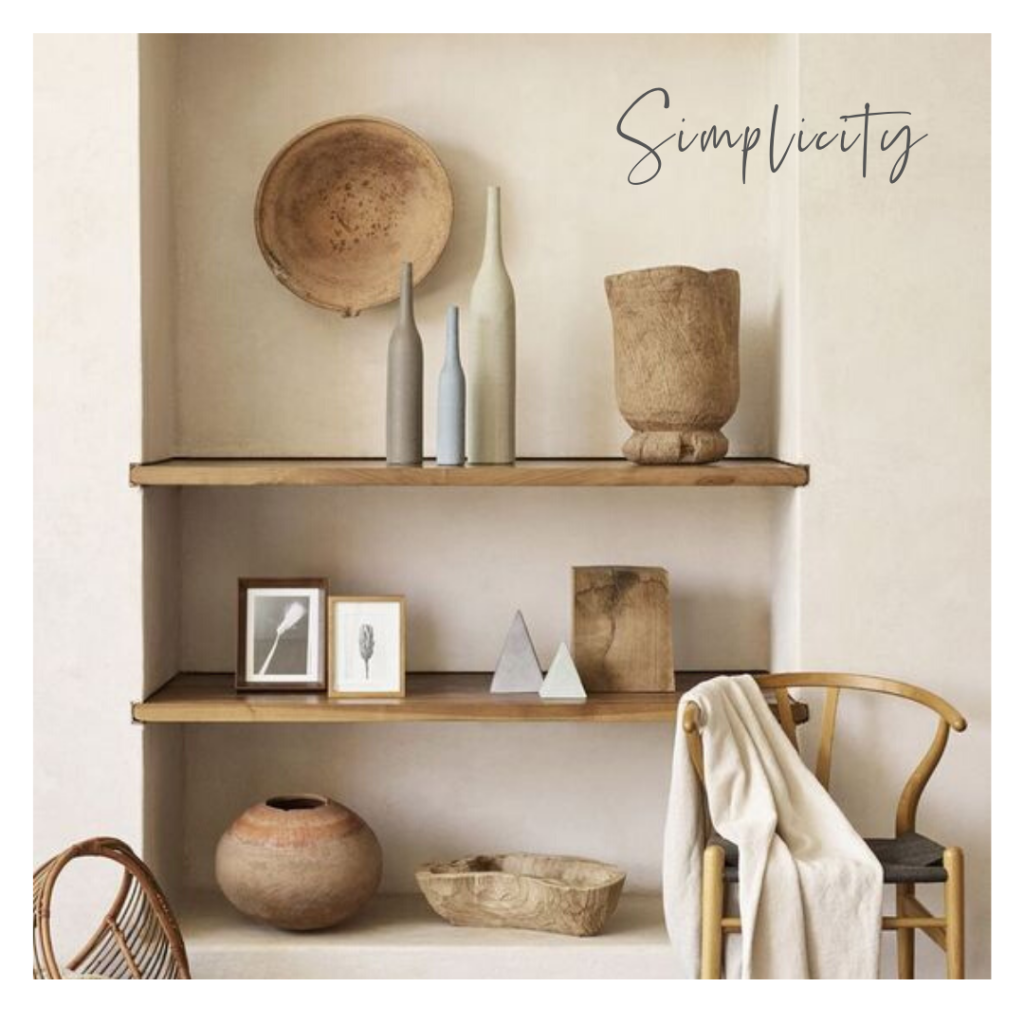
What can not be missing in the interior of wabi-sabi?
The wabi-sabi style of interior will create a home that accepts imperfection, full of authentic, simple additions: cracked walls, rough surfaces, old textures, wood that has not been smoothed, earth colours, ceramics, linen or marble. Everything in its natural colours, without improvement and ¨cheating¨.
Wanting to introduce wabi-sabi in your apartment, first of all, we need to give up the thought that everything must have its place. There is no symmetry and minimalism here. Although the modest arrangement is still in vogue, it should be home-made, jagged by time, a bit worn.
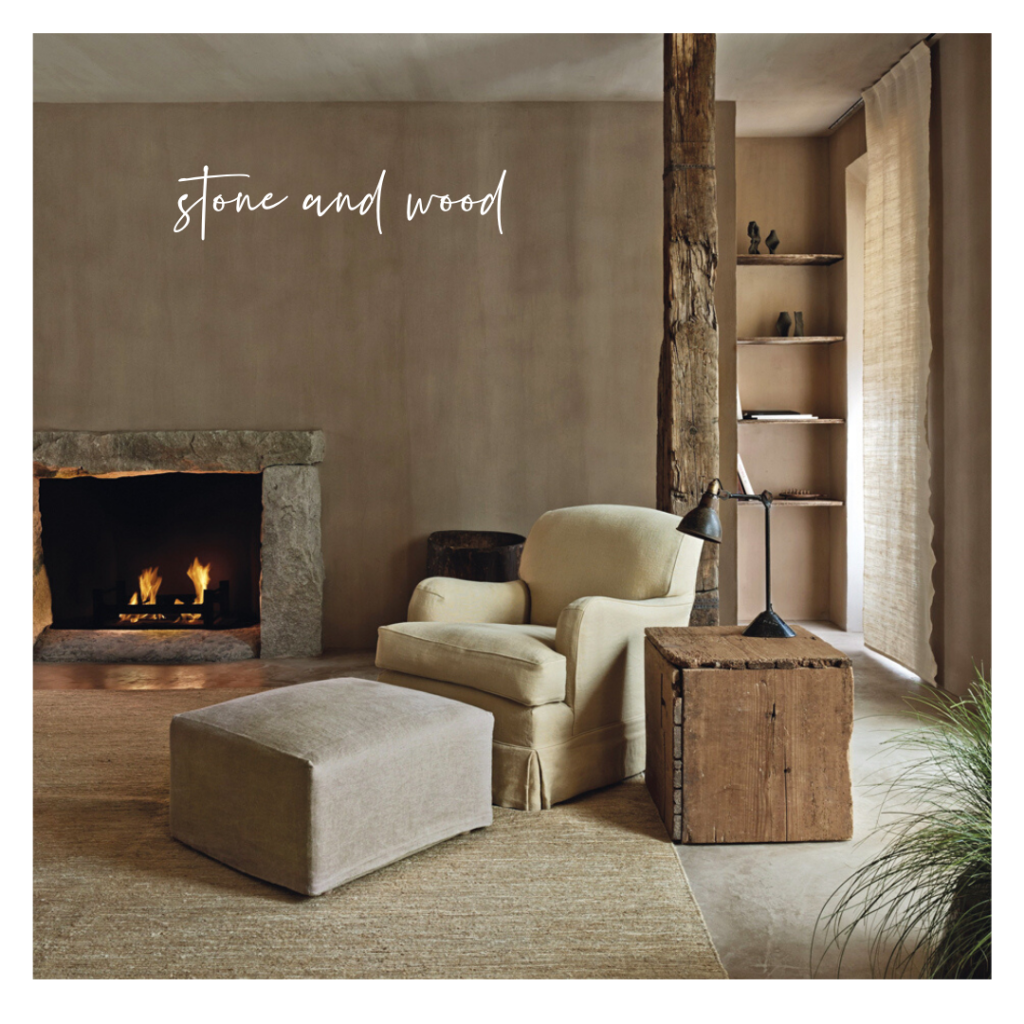
Wabi-sabi will be appreciated by people who do not want to surround themselves in sterile symmetry. It is a style for those who seek authenticity in life, truth, nature and self-love. Although in the past years we have been looking for perfectionism that was part of the Scandinavian style, the latest trends push us to embrace life with all its imperfections.

